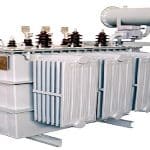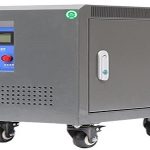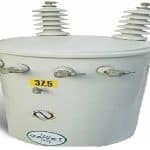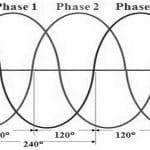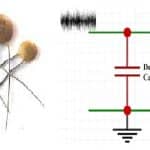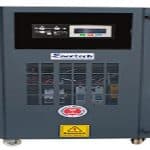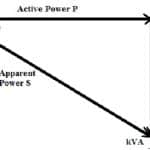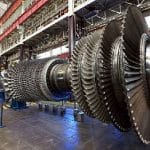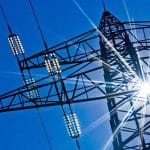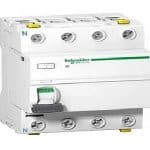A transformer is normally an electrical device used for increasing or decreasing the voltage supply without changing the frequency of AC between two circuits. Similarly, a transformer that functions with high voltages & currents within the power system network is known as a power transformer. This transformer is used to change bulk electrical energy from one frequency to another. Power transformers are very important devices to transmit, distribute, … [Read more...]
Isolation Transformer : Construction, Working Principle, Types, Advantages & Its Applications
In power systems, transformers are electrical machines used for transferring one form of energy to another form without modifying frequency by stepping up/down the main voltage. Similarly, a transformer that is used to isolate circuits is known as an isolation transformer. The primary voltage value in this transformer will be equivalent to the secondary voltage but the windings in this transformer will have an equal number of turns to balance for losses. … [Read more...]
Single Phase Transformer : Construction, Working, Wiring, Problems & Its Applications
A transformer is a stationary electrical machine mainly used to change electrical power from one circuit to another without varying the frequency. Transformers mainly increase or decrease the voltage with an equivalent increase or decrease within the current. The transformer works on the principle of mutual induction occurrence between two transformer windings connected through the common magnetic flux. Transformers are classified into different types … [Read more...]
Three Phase System : Connections, Advantages & Its Applications
In an electrical circuit, there are two kinds of systems available; 1-phase (single phase) & 3-phase (three phase). In a 1-phase circuit, the flow of current will be only a single wire and also a neutral line to complete the electrical circuit thus, the least amount of power can be transmitted within a single phase. Here the generating station and load station will also be single phase. In the year 1882, a new development was done on the polyphase … [Read more...]
Decoupling Capacitor : Circuit, Working, Differences, how to choose & Its Applications
For analog & digital devices, system noise has become a major problem so they have become very sensitive to disturbances from signal lines & power. So the capacitors like decoupling and bypass within a circuit are used very close to the IC power pins to provide high transient current to an integrated circuit & decrease power ripples. Analog circuits like audio amplifiers produce a cracking noise or hum throughout their operation whereas digital … [Read more...]
Three Phase Inverter : Circuit, Working, Types & Its Applications
An inverter is an electrical device mainly used to change current from DC to AC form. It is also known as a variable frequency drive (VFD) or AC Drive. The inverter is normally used in variable-frequency drive & high-power applications like HVDC power transmission and also these are responsible for controlling an electric motor’s torque & speed. These are categorized into two types depending on the source of power supply within the power circuit … [Read more...]
Low Power Factor : Effects, Causes & Its Improvements
The power factor (PF) in any electrical system can be defined as; the ratio of the real power to the apparent power. Here, real power is measured in kW (kilowatts) and apparent power is measured in kVA (kilovolt amperes). So, the power factor is the measure of how efficiently the power is utilized within an electrical system. A low power factor (LPF) means that the electrical system is not completely using the power so that system efficiency can be reduced … [Read more...]
Turbo Generator : Construction, Working, Types, Specifications & Its Applications
The history of the turbo generators dates back to late 1800s when Charles Algernon Parson developed the first steam turbine which uses high pressure stream to rotate a shaft that was connected to the generator. In simple terms, the first turbo-generator is an electrical generatorthat was powered by water turbines. The breakthrough allowed for much more efficient generate of electricity compared to the traditional steam engines which were bulky and had … [Read more...]
Demand Factor : Factors, Load Calculation & Its Applications
At present, electrical energy is a significant resource, so it is increasing day by day. When electrical demand increases, then the distribution system should have sufficient capacity to meet that demand. So this capacity is measured by engineers with the demand factor (Df) formula. It is a very significant factor for engineers, homes, businesses, etc. Generally, it is measured every month but most companies choose to measure it periodically at shorter … [Read more...]
Residual Current Device : Circuit, Working & Its Applications
Electricity is incredibly useful everywhere but a lot of people die or injured at home or in industries due to electrical accidents. These accidents can be prevented by installing residual current protection devices in the consumer unit of the house. So these devices can save lives by guarding you & your family against electric shock & provides some protection from fire. This device turns off the electric power supply in a fraction of a second if … [Read more...]
- « Previous Page
- 1
- 2
- 3
- 4
- 5
- 6
- …
- 15
- Next Page »
